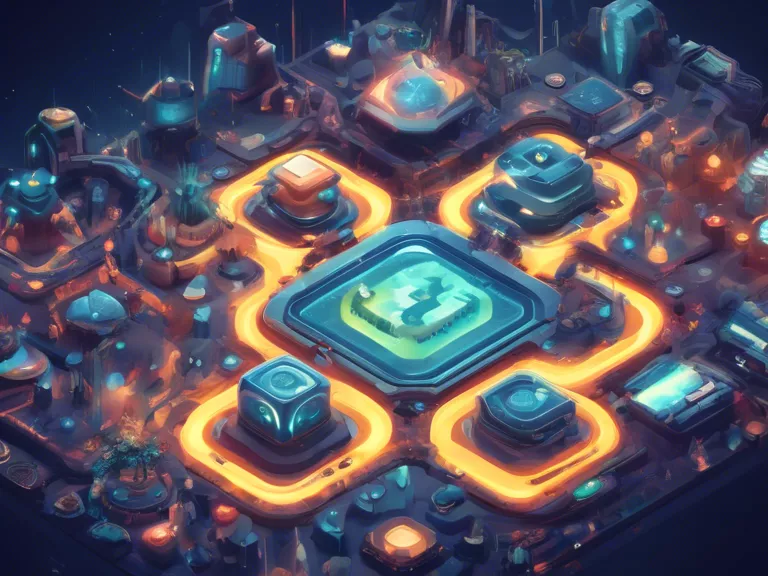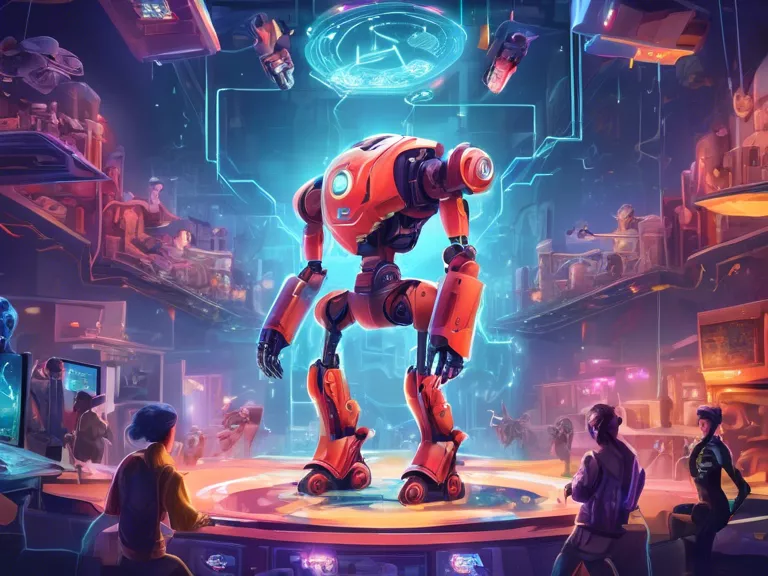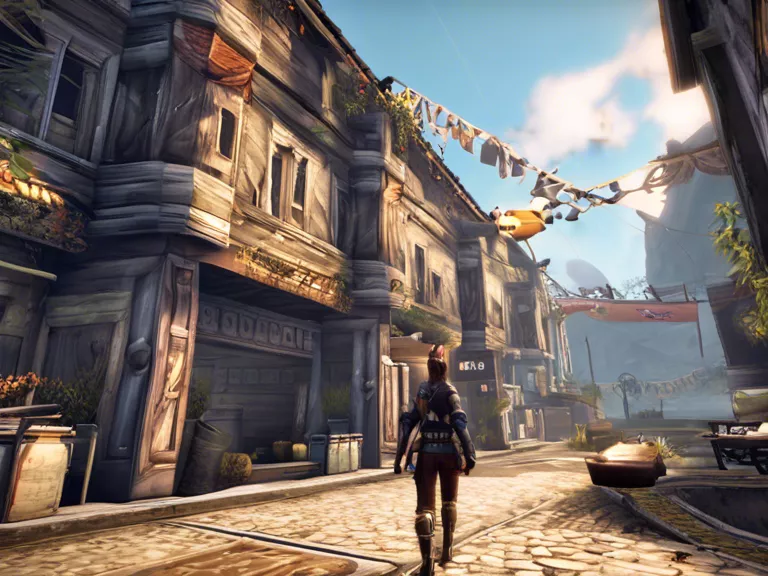
In recent years, artificial intelligence (AI) has been increasingly utilized in the realm of game design to create more immersive and engaging experiences for players. One particularly exciting aspect of AI-driven game design is procedural generation, a technique that leverages algorithms to generate content dynamically, leading to infinite replayability.
Procedural generation allows developers to create vast and diverse game worlds that feel unique and unpredictable with each playthrough. By using AI to generate levels, environments, quests, and even character behaviors, games can offer a level of variety and challenge that traditional handcrafted content simply cannot match. This not only keeps players engaged for longer periods but also increases the overall longevity of a game.
Furthermore, procedural generation can help reduce development time and costs, as it enables developers to create more content with less manual labor. This means that smaller indie studios with limited resources can still produce high-quality games that rival those made by larger companies.
As AI continues to advance and become more sophisticated, the possibilities for procedural generation in game design are truly limitless. We may soon see games that can adapt to the player's choices and preferences in real-time, creating truly personalized experiences for each individual. Additionally, AI-driven game design could open up new avenues for creativity and innovation, allowing developers to explore unconventional game mechanics and narrative structures.
In conclusion, the future of AI-driven game design is looking bright, especially with the potential of procedural generation to provide infinite replayability and dynamic content. As developers continue to push the boundaries of what is possible with AI, we can expect to see even more groundbreaking and innovative games in the years to come.



